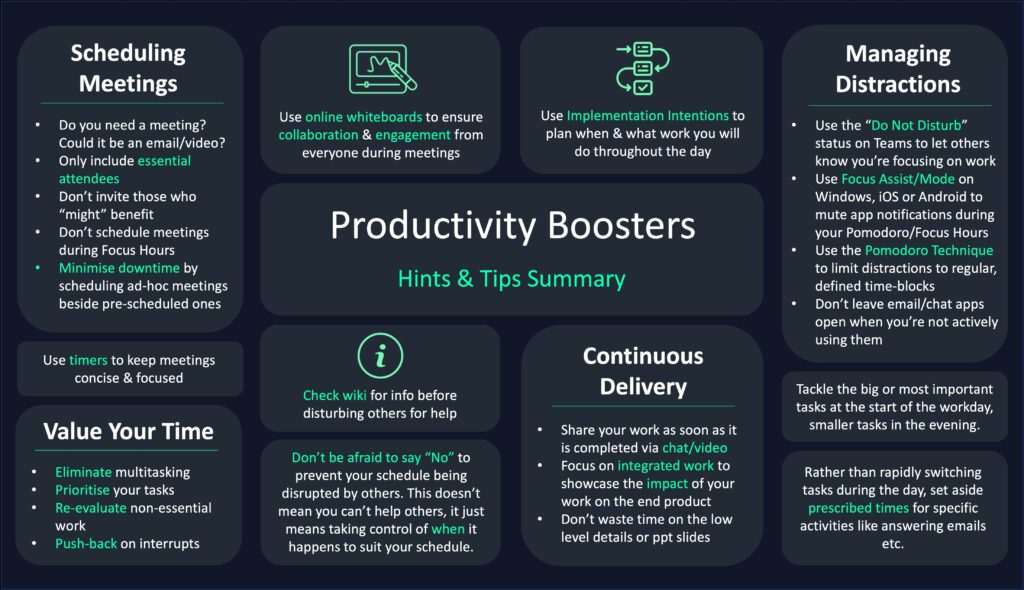Localisation & Mapping with VizioSLAM
The advent of autonomous vehicles (AVs) has brought the need for precise localisation and mapping into sharp focus. With most AV implementations today, localisation and mapping are foundational to the AV’s ability to navigate and interact safely with its environment. But, is there a better approach? Let’s explore.
The Necessity of Accurate Localisation and Mapping
For an autonomous vehicle, understanding its precise location in the world and having a map of its surroundings is crucial, as without it, the vehicle would have no ability to navigate to a destination. However, in the context of most modern AVs, the level of mapping and localisation accuracy required is significantly greater than what you may expect from Google Maps on your smartphone.
Localisation
Localisation refers to the vehicle's ability to determine its position relative to a map. Unlike traditional GPS systems that offer accuracy within meters, AVs require centimetre-level precision to ensure they don’t stray outside of their lane or take the wrong turn in a complex driving environment.
Mapping
While a typical map shows routes, lanes and sometimes buildings, maps for AVs typically require much more detailed information, including road layouts, traffic signs, lane markers, and other critical infrastructure. Such maps are often referred to as High Definition or HD maps.
Current Technologies in AV Localisation and Mapping

Real-Time Kinematic (RTK) and Differential GNSS (DGNSS)
Overview:
Standard GNSS (Global Navigation Satellite System) signals can have errors due to atmospheric conditions, satellite clock inaccuracies, and other factors, resulting in positional inaccuracies. To correct these inaccuracies, ground-based stations known as base stations are used. These stations are at known, fixed locations and continuously monitor GNSS signals to calculate the difference between its known precise location and the location indicated by the GNSS signals. This data is used to generate correction information, which is incorporated in RTK or DGNSS receivers to enhance localisation accuracy.
Challenges:
While RTK and DGNSS can provide centimetre-level localisation accuracy, they suffer from a variety of issues:
- Infrastructure Dependency: The effectiveness of such systems depends on the availability, proximity & maintenance of base station networks, which can be a constraint in terms of scalability and coverage.
- Latency in Correction Data: There can be a delay in receiving correction data, which can affect the accuracy in highly dynamic driving scenarios.
- Reliability in Diverse Environments: RTK & DGNSS systems often struggle in urban environments or enclosed spaces (such as multi-story or underground car parks) where buildings and other objects can obstruct or interfere with received signals. In such cases, localisation accuracy is often significantly reduced.
- Cost: RTK & DGNSS systems require specialised equipment and are considerably more expensive than standard GPS/GNSS units.
HD Maps
Overview:
High Definition (HD) maps contain comprehensive, highly accurate data about roadways and their surroundings, including:
- Lane Information: Exact lane positions, widths, and the direction of travel.
- Traffic Signs and Signals: Locations and details of traffic signs, signals, and road markings.
- 3D Environmental Data: Information about buildings, trees, curbs, and other static objects around the road.
- Road Geometry: Precise details about the road's curvature, slopes, and elevation changes.
In AVs, HD Maps are used to provide centimetre-level localisation accuracy, even in the absence of a GPS signal. This is done by matching data from onboard sensors, such as LiDAR and camera, with the information stored in the HD map to determine the vehicle’s precise location.
Challenges:
While HD Maps overcome the issue of providing centimetre-level localisation accuracy in environments without a GPS signal, they also suffer from a variety of issues:
- Maintaining Up-to-Date Maps: The dynamic nature of road environments means that HD maps need to be regularly updated to reflect current conditions, such as changes due to construction or road works.
- Data Processing and Storage: The detailed information contained in HD maps requires significant data processing capabilities and storage, both on the vehicle and in the cloud.
- Integration with Sensor Data: Effectively integrating and cross-referencing HD map data with real-time sensor data is a complex task that requires sophisticated algorithms and computing power.
- Scalability, Coverage & Cost: Creating and maintaining HD maps for extensive road networks is a massive undertaking, requiring substantial resources and coordination.
Introducing VizioSLAM
VizioSLAM (Simultaneous Localisation & Mapping) enables centimetre-level localisation and HD map generation, with minimal hardware complexity and cost. Let’s see how it works:
- Leveraging the high spatial resolution of Provizio’s 5D Perception sensors, novel software techniques are used to extract visual reference points from radar point cloud data.
- As the vehicle moves within its environment, this data is extracted from each new point cloud frame.
- With every new frame produced, specialised algorithms compare the point clouds frame by frame and use the visual reference points as a means to calculate changes in the velocity and rotation of the vehicle relative to its surrounding environment.
- With our high-speed, on-the-edge perception process, VizioPrime and VizioPlex sensors can feed these algorithms with enough data of sufficiently high resolution to provide centimetre-level localisation accuracy, without the need for HD maps or GPS.
The Provizio Advantage
- Reliability in Diverse Environments: VizioSLAM is not negatively affected by complex environments such as dense urban areas or enclosed spaces. As a result, it is a more robust solution than RTK or DGNSS.
- Scalability: VizioSLAM works on-vehicle and in real-time, without the need for external correction signals or HD maps. As a result, the system can be applied in any environment, without any prerequisites for HD Maps or base station networks.
- Cost: Without the need for costly DGNSS sensors or to maintain up-to-date HD maps, VizioSLAM is a once-off cost for OEMs.
- Integration: With our unique on-the-edge perception process, VizioSLAM can be easily integrated as part of a larger AV stack, with minimal overhead in terms of compute or network demands.
- Mapping: Like LiDAR, VizioPrime & Plex sensors can be used to generate high fidelity environmental maps. As a result, OEMs can use our sensors to build their own crowdsourced mapping solutions, and reduce reliance on third-party HD map providers.
Conclusion
Accurate localisation and mapping are vital components in the development and operation of autonomous vehicles. While current technologies like DGNSS, IMU & HD maps have provided an initial starting point for the development of AVs, the challenges in scaling these technologies limit their appeal for mass market applications.
With VizioSLAM, we believe we have developed a compelling alternative for both accurate localisation and mapping, which can cater for the needs of mass market adoption. If you’re interested in learning more about VizioSLAM, visit the VizioSLAM webpage, where you can find more detailed technical information and demonstration videos. Alternatively, if you’d like to get in touch with us directly, please visit Contact Us.




